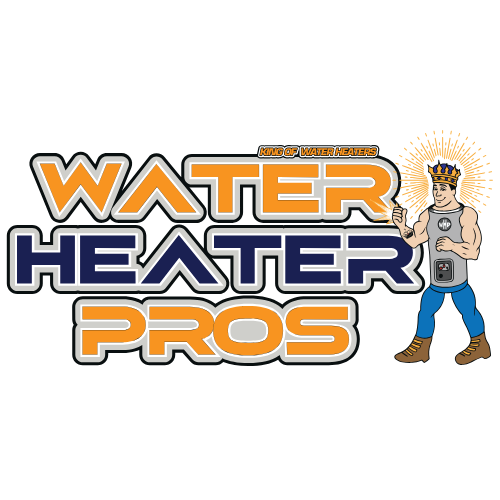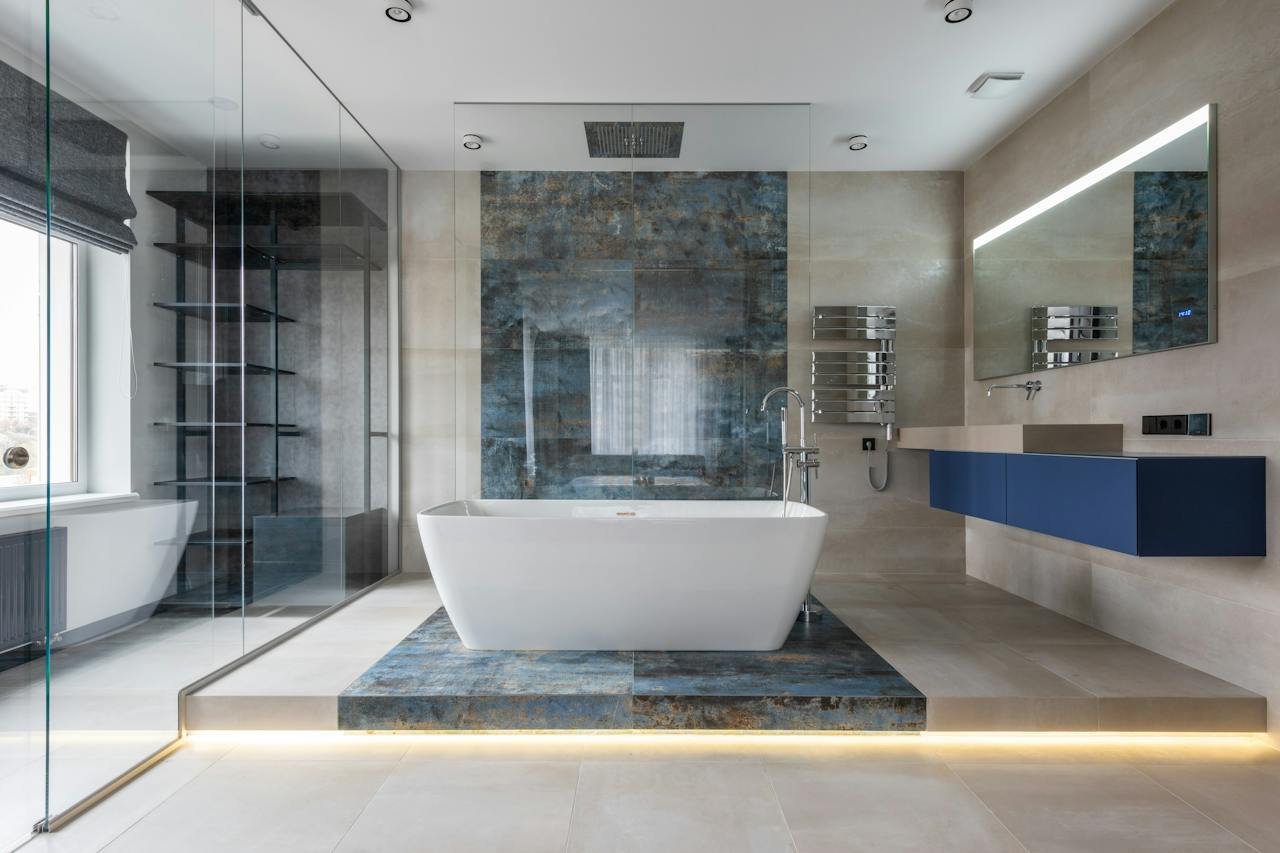Water heaters are indispensable for many homeowners, but can be bad news if installed improperly. Proper installation is necessary for both their efficiency and safety. Furthermore, each type of water heater has a specific installation process.
Here is a look at some of the best practices for installing water heaters:
PRE-INSTALLATION
Consider the following before buying a water heater: size and capacity, location, and local codes and regulations. The heater’s size should depend on the household’s demand for hot water. A heater that’s too small will have to work harder to produce enough water for everyone and quickly succumb to wear and tear. If it is too big, it may heat too much water, which wastes energy.
There should be enough space to install the heater comfortably. The units need to be easily accessible for maintenance. If it’s a gas heater, it must have enough room for ventilation. Remember to check local building codes and manufacturer instructions for installation and maintenance.
TOOLS AND MATERIALS
Installers will use professional tools and materials to install a water heater correctly. Some include wrenches, pipe fittings, soldering tools, insulation, and piping. The materials should be high quality, and the tools should be well-maintained to ensure safe installation and a long-lasting boiler.
SAFETY PRECAUTIONS
Installing water heaters is an involved task that could be dangerous for those not skilled enough. For example, gas water heaters can have gas leaks from improperly handled gas lines. Meanwhile, installing electric water heaters is dangerous if the current still travels through the lines. Therefore, one must shut off the power by flipping down the circuit breaker connected to the boiler wiring before installation.
HOW WATER HEATERS ARE INSTALLED
The installers must place the water heater in a stable and accessible location, away from direct contact with water. Then, they connect water lines, gas or electrical supply, and venting systems. Once installed, the installers should check the heater for functionality and leaks before the heater can operate at full capacity.
INSULATION
Insulate both the hot and cold water pipes. Insulation stops heat from escaping and makes the heater overall less wasteful. Water heater blankets are another way to insulate the heater further.
CHECKS
Put the heater to the test after installing and insulating it. Check if the pressure relief valve works correctly. If it isn’t, the pressure building up in the heater can cause it to explode.
Also, set the thermostat to an energy-saving temperature that still heats enough water for the whole household. That temperature is usually around 120°F.
EXPERT WATER HEATER INSTALLATION
DIYers with enough know-how could install a water heater on their own. Still, considering the complexities and safety concerns, it’s best to leave it to the professionals. Talk to a local plumber about the most suitable unit for the household’s needs.
Water Heater Pros provides water heater installation and replacement services for Las Vegas and surrounding area residents and businesses. Our expert technicians install both traditional and tankless water heaters for homes and other buildings with gas or electric service. We offer the highest quality installers for efficient, versatile water heaters such as Rheem, Ruud, high-efficiency tankless Navien units, and more. Ask about our installation specials.

